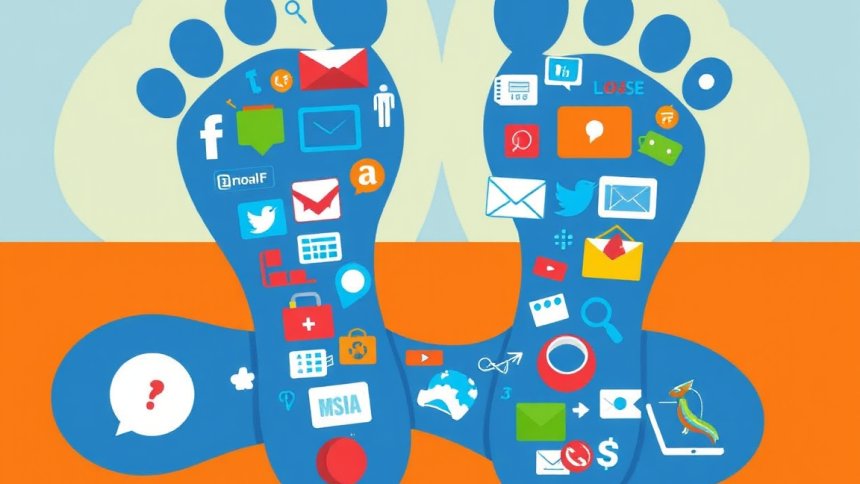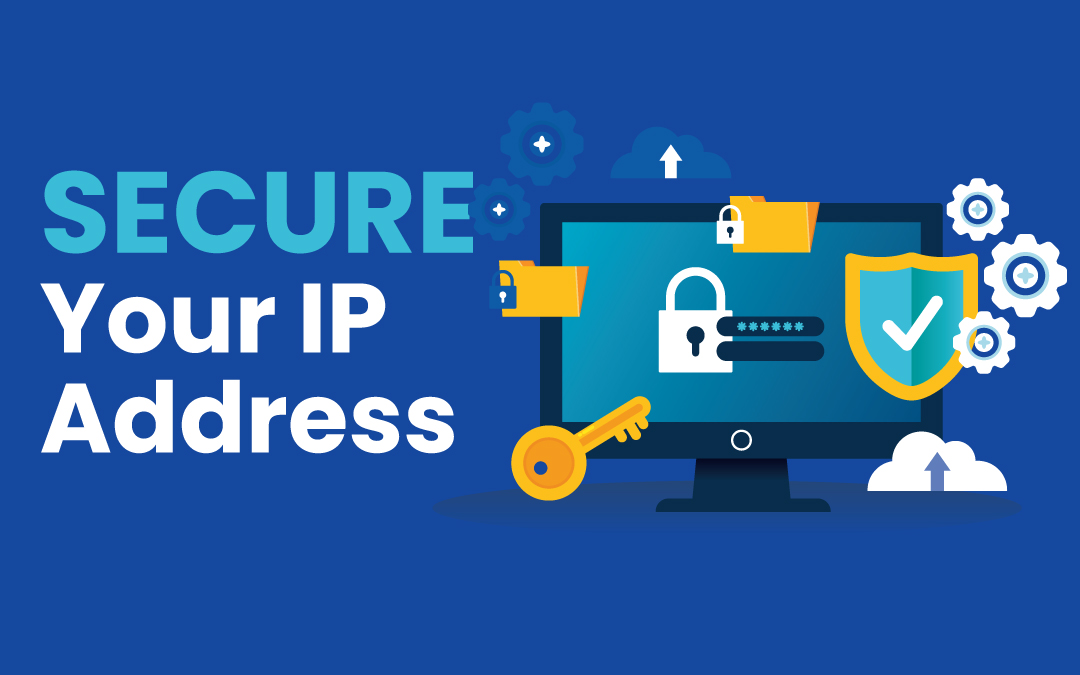
In the digital age, every click, search, and post leaves a mark — a digital footprint that tells a story about who you are, what you like, and where you’ve been. From old social media posts to forgotten accounts, your online presence forms a permanent trail that can be traced, analyzed, or even exploited.
But what if you could erase some of that trail? What if you could reclaim your privacy and decide what stays and what goes? That’s where the concept of the “Right to Be Forgotten” comes in — a powerful idea that challenges the permanence of the internet.
A digital footprint is the collection of data you leave behind when you use the internet. It can be:
These are the things you choose to share — posts, photos, comments, or messages. Each action adds to your public or semi-public identity online.
These are collected without your direct input. Websites, apps, and devices gather information like:

While active footprints are visible, passive ones are often invisible — making them even more difficult to control.
Your digital footprint is more than just data; it’s your online reputation. Employers, advertisers, and even strangers can use it to form opinions about you.

The internet never truly forgets, which means your digital history can follow you for years, even decades.
The Right to Be Forgotten (RTBF) is a legal concept that allows individuals to request the removal of personal information from the internet — particularly from search engine results.
It gained global attention after a 2014 case in the European Union, where a Spanish man successfully demanded that Google remove links to outdated information about him.
Since then, the RTBF has become a core privacy right under the EU’s General Data Protection Regulation (GDPR), allowing people to:
While it’s not yet a universal right worldwide, the idea has sparked global discussions about digital dignity and the limits of permanent data.
Even with privacy laws, removing digital traces isn’t simple.
Search engines can delist content, but the original information may still exist on other websites, archives, or data brokers.
And outside the EU, many countries — including the Philippines and the U.S. — have limited legal frameworks for full digital erasure.
That’s why the best strategy combines proactive digital hygiene with privacy tools and personal responsibility.
Here’s how you can start taking back control today:
If outdated or personal content appears in search results:

The goal isn’t to disappear completely but to control what’s visible and minimize unnecessary exposure.
Remember, every post, search, or app you use builds a record — so before you click “share,” ask yourself:
“Would I be comfortable seeing this online five years from now?”
Privacy isn’t about isolation — it’s about empowerment. The more you understand your digital footprint, the more power you have over your personal narrative.
The internet has a long memory, but that doesn’t mean your data should last forever. By embracing your right to be forgotten and taking simple privacy precautions, you can begin to control what stays and what disappears.
It’s time to move from awareness to action — because protecting your digital footprint isn’t about erasing your history, it’s about choosing the story you want to tell.
 Like
0
Like
0
 Dislike
0
Dislike
0
 Love
0
Love
0
 Funny
0
Funny
0
 Angry
0
Angry
0
 Sad
0
Sad
0
 Wow
0
Wow
0